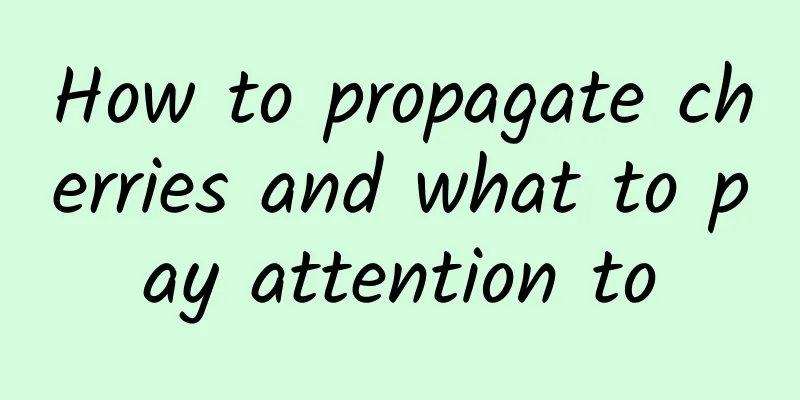Borage cultivation methods and precautions

1. Maintenance methods1. Temperature: It is both cold-resistant and heat-resistant, and can grow normally between 5 and 30 degrees. It grows best when the temperature is maintained at around 20 degrees. Because it can withstand temperatures as low as minus eleven degrees Celsius, it can also be planted in the north, and plants planted in the south can overwinter in the open field. 2. Watering: It is afraid of both drought and waterlogging, so you need to pay special attention when watering it. Not only must you ensure that it is watered thoroughly, but you must also ensure that there is no water accumulation in the soil. The temperature is relatively high in summer and water evaporates quickly, so it is necessary to water the plants every two days. During the non-growing season, watering once a week is sufficient. 3. Fertilization: It is best to use liquid fertilizer for fertilization. Use it once a week during the growth period; potassium dihydrogen phosphate solution should be used once every ten days during the reproductive period, and sprayed two to four times in total. Depending on the growth status of the plant, if it is not growing well, you can also spray it with Gaolida nutritional supplement during the flowering period. 4. Light: It likes sunshine, and sufficient light is very beneficial to its growth. Therefore, during maintenance, you can give it as much light as possible, and the daily light time should be at least six hours. 2. Breeding techniques1. Reproduction: It can be propagated by sowing. Before sowing, the seeds need to be soaked in warm water for forty-eight hours. The water needs to be changed every day, and then the treated seeds are sown into the soil. The sowing method is hole sowing, and three or four seeds are sown in each hole. After sowing, cover it with a thin layer of soil, about two centimeters thick. After completing the above steps, water it thoroughly again, and it will sprout in about two weeks. 2. Pruning: If the plant is too lush, it needs proper pruning. Cut off all the branches that are not growing well to leave enough growth space and nutrients for the healthy branches. 3. Problem Diagnosis1. Pests: After the plant has completed its development, it needs to be sprayed with carbendazim once a week to enhance its resistance, so that it is not easily infected by pests. If it is unfortunately infected, you can use insecticide to spray it. It should be noted that the agent needs to be diluted before spraying. 2. Disease: If the plant has yellow leaves or falls off, it is probably caused by excessive watering. You need to stop watering and resume watering when the soil is completely dry. IV. Other issues1. Toxicity: It is non-toxic and can be cultivated with confidence. 2. Edibility: It is not edible. |
<<: Plum cultivation methods and precautions
>>: Green diamond breeding methods and precautions
Recommend
Why are the leaves of Chlorophytum turning yellow?
1. Too much light It is a semi-shade plant and ca...
How often should I water the ball orchid?
How often should I water the ball orchid? In summ...
Can saffron be grown in the north? Where can it be grown?
Growing Saffron in the North Flowers like saffron...
How often should I water my chili pepper?
How often should I water my chili pepper? The chi...
How to prune the smooth sailing flower and when to prune it (with pictures)
Time to prune the smooth sailing flower Spathiphy...
Giving a flower a melon is like giving it a shot of stimulant, and it can't stop blooming!
Give the flowers some enzyme water and the fragra...
How to propagate Heliconia
The first method: sowing method Heliconia is an i...
Watermelon planting technology and management methods
With its sweet, juicy, cool and refreshing charac...
What are the cultivation methods and precautions of roses
Rose cultivation method Rose has strong adaptabil...
How to water the four-season fruit
Watering tips for four-season fruits The four-sea...
Feng Shui Effects of Narcissus
Placing daffodils at home can infect others and s...
When is the best time to plant corn?
Corn planting time Corn is a plant of the Poaceae...
Holly cultivation methods and precautions
1. Soil During the breeding period, it is necessa...
The benefits of drinking honeysuckle in water for a long time, how to eat honeysuckle
1. Benefits of drinking honeysuckle soaked water ...
The effect of drinking Houttuynia cordata root boiled water
1. Help quit smoking People who want to quit smok...









